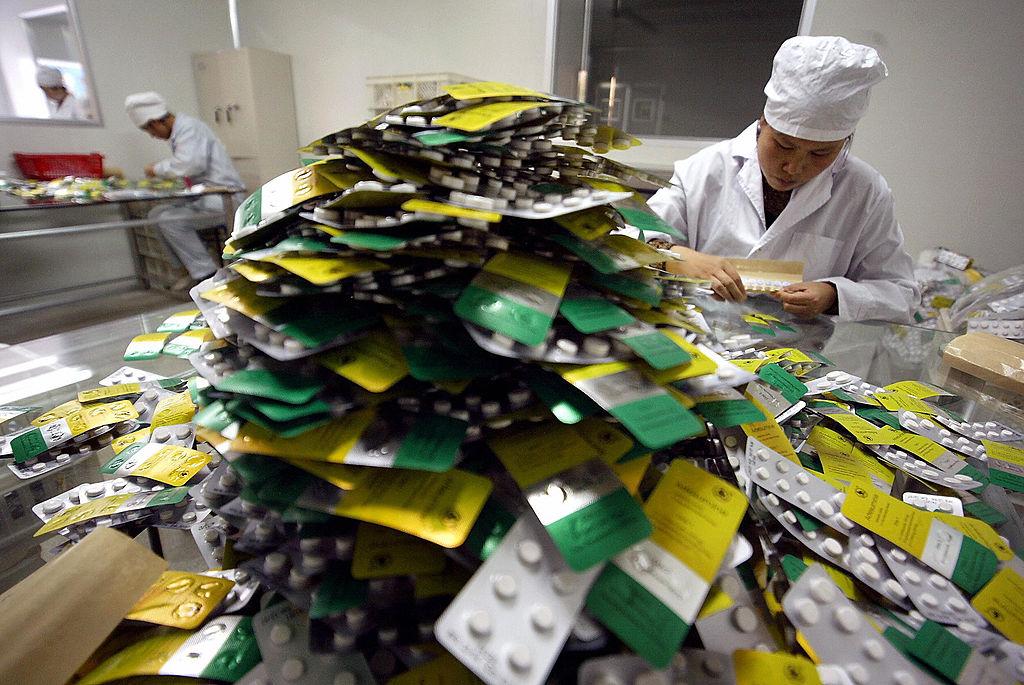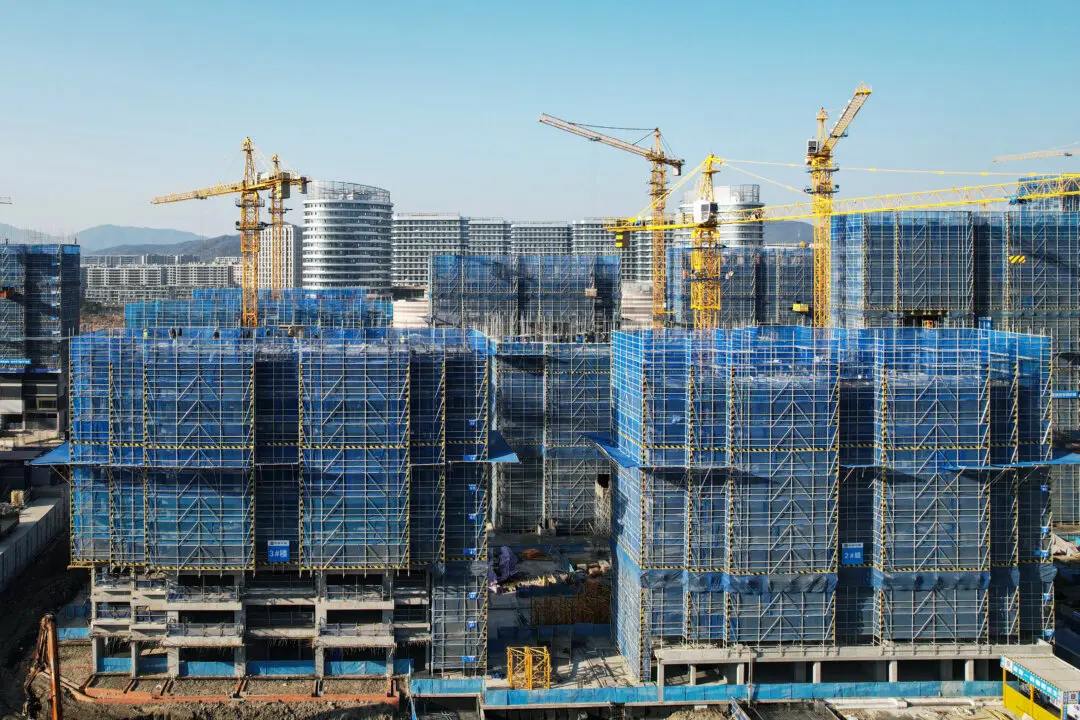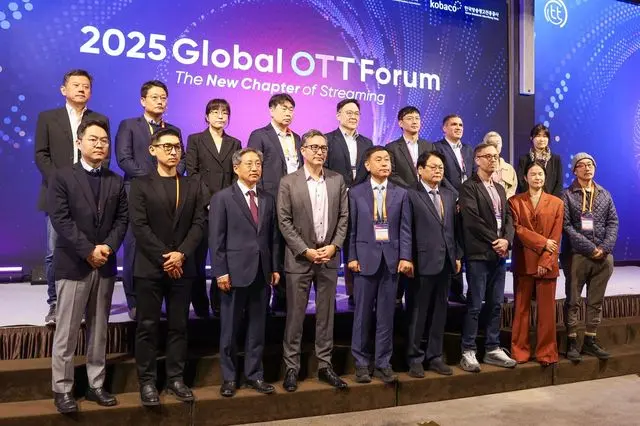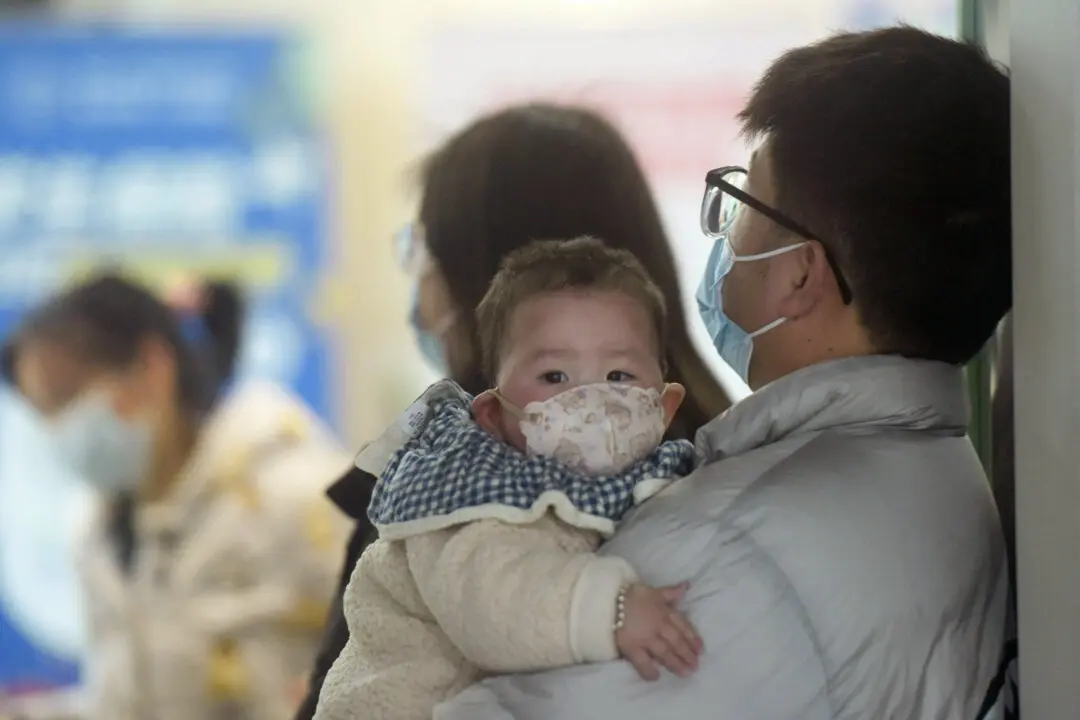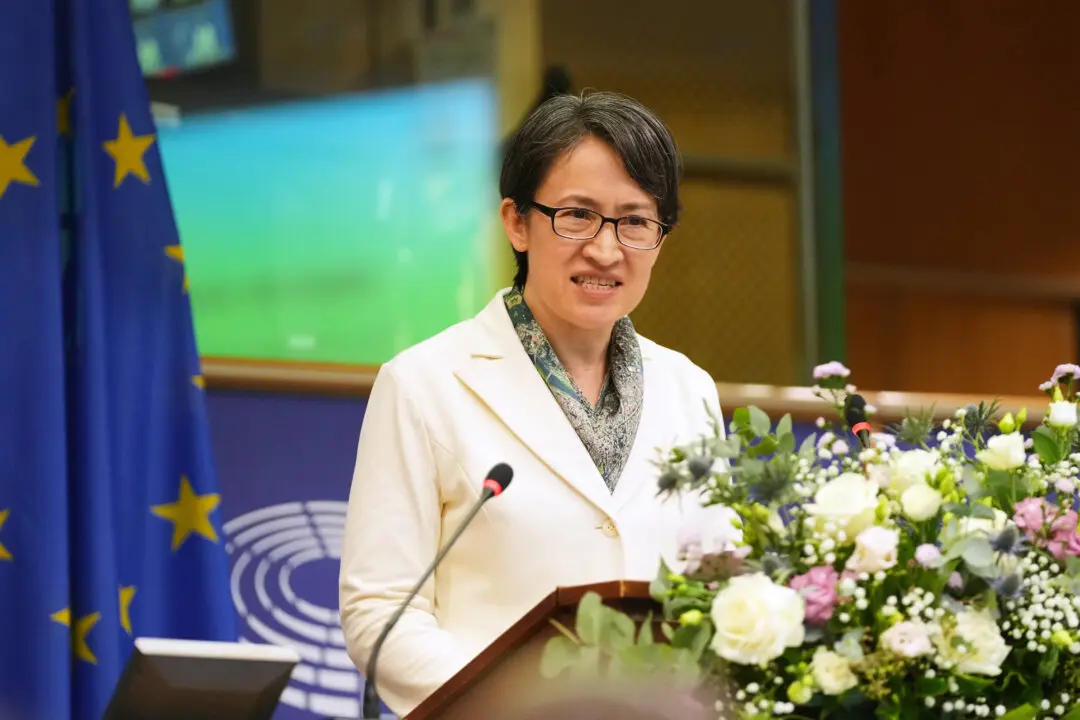After the U.S. government increased tariffs on $200 billion of Chinese goods to 25 percent from 10 percent, China retaliated with tariff increases on $60 billion worth of U.S. goods.
According to the tariff list compiled by China’s Customs Tariff Commission, nearly 100 U.S.-made pharmaceuticals, medicines, and medical devices from the United States are now subject to added duties.
